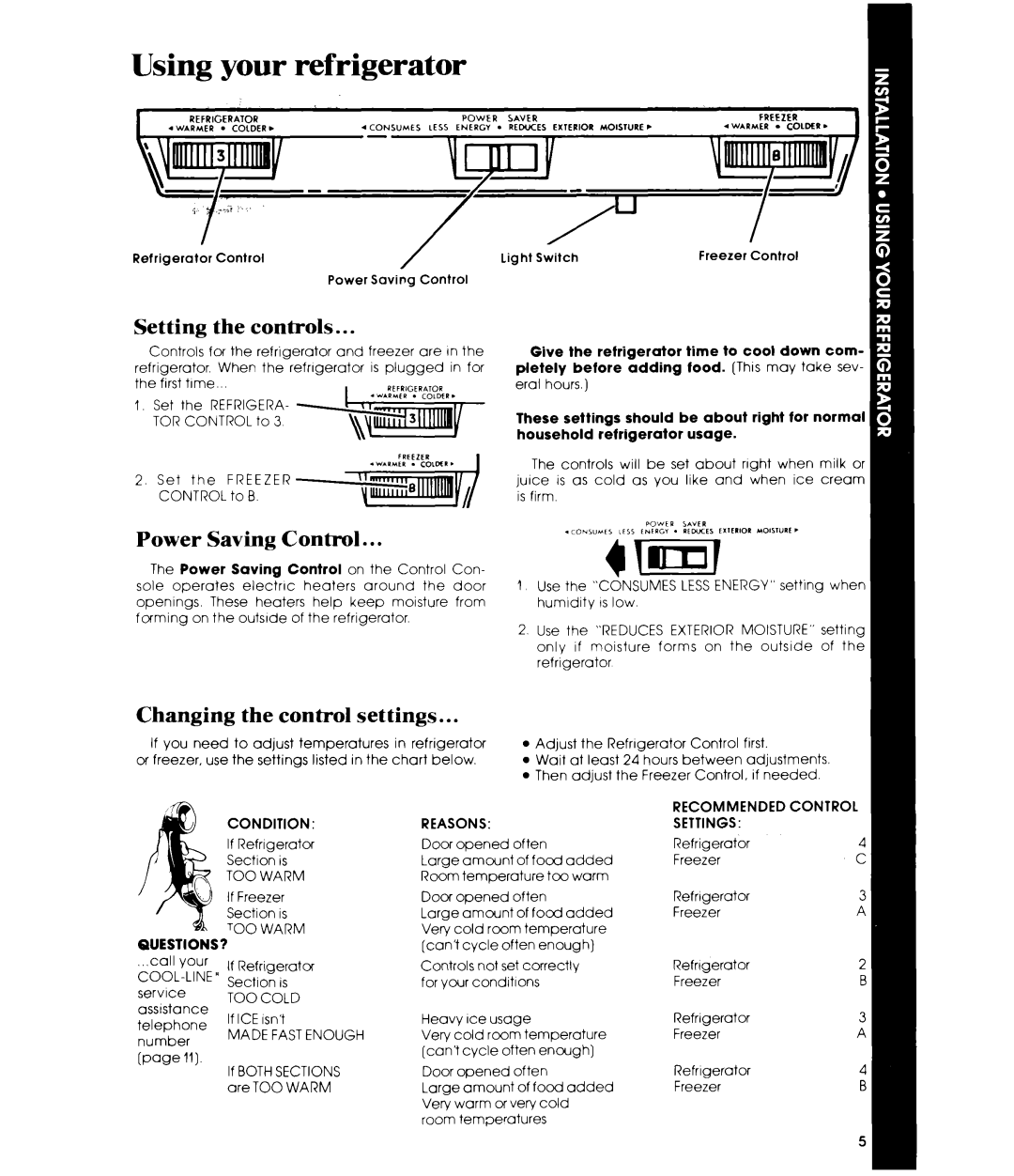ETIGJK specifications
The Whirlpool ETIGJK is an advanced built-in kitchen appliance designed specifically for modern cooking enthusiasts. As part of Whirlpool's renowned range of cooking appliances, this electric induction cooktop combines sleek aesthetics with innovative technology, making cooking more enjoyable and efficient.One of the standout features of the ETIGJK is its sleek and minimalist design. The smooth ceramic glass surface not only provides an elegant look but is also easy to clean, enhancing the user experience. The induction technology utilized in this cooktop heats pots and pans directly, ensuring faster cooking times and energy efficiency. This method of heating is not only quicker but also allows for precise temperature control, essential for intricate cooking techniques.
The cooktop consists of multiple cooking zones, providing ample space for different pots and pans. Each zone is equipped with the power management system that automatically detects the size of cookware placed on it, optimizing heat distribution. This ensures that energy is used efficiently, reducing waste while still providing robust heating power when needed.
Another noteworthy characteristic of the ETIGJK is its advanced safety features. The cooktop comes with child lock functionality, ensuring that little hands cannot inadvertently turn on the appliance. Furthermore, it includes residual heat indicators that let users know if a zone is still hot after cooking, minimizing the risk of burns.
The ETIGJK also incorporates several cooking functions, including a quick boil function designed for rapid heating. This feature allows water to boil faster than on traditional cooktops, saving precious time in meal preparation. Additionally, the booster feature can be activated to provide an extra burst of heat when necessary, making it ideal for tasks that require high temperatures.
With user-friendly touch controls, the Whirlpool ETIGJK makes operation straightforward and intuitive. The controls respond swiftly, allowing users to adjust settings seamlessly while cooking. This modern interface, combined with responsive cooking zones, enhances the overall cooking experience.
In summary, the Whirlpool ETIGJK is a sophisticated induction cooktop that merges style, efficiency, and safety. Its combination of advanced technologies and thoughtful features meets the needs of contemporary cooks who demand both performance and aesthetics in their kitchen appliances. With reliable design and superior functionality, it stands out as a true culinary companion.

